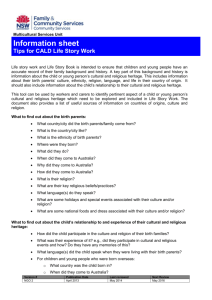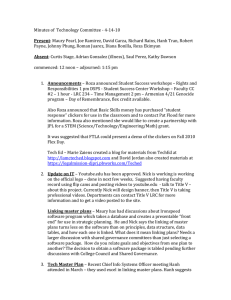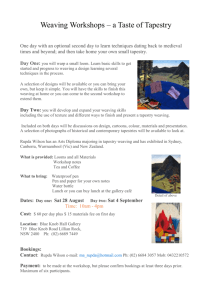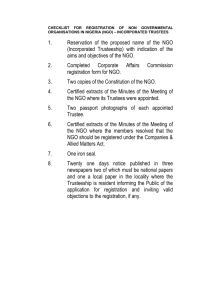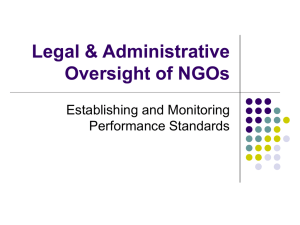- Making multicultural Australia
advertisement
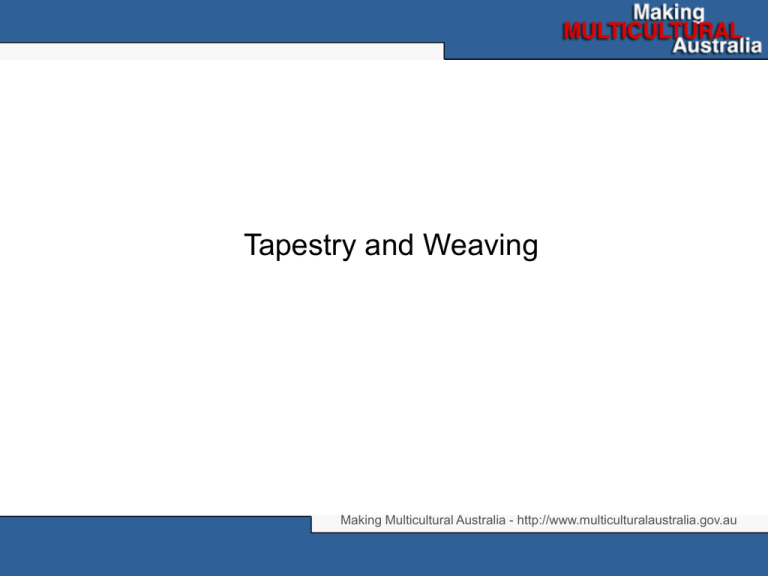
Tapestry and Weaving Making Multicultural Australia - http://www.multiculturalaustralia.gov.au Hanh Ngo, “Ca ra khoi nuoc,” tapestry weaving – cotton, 1994 • This is the first work in a series of • • four, which spell out the Vietnamese words for “fish out of water.” The series reflects the artist’s thoughts about her identity. She says being Vietnamese-born, but living in an Australian context, she sometimes does not know how to fit in, she sometimes feels as though she’s outside what should be her own environment. Hanh Ngo, “Bac Ho,” collage, photocopies, paint, 1993 • • • • • The title of this work translates as “Uncle Ho.” The artist says she was brought up to fear Ho Chi Minh, through her parents’ point of view of him. But at the same time, at school in Vietnam, she was forced to acknowledge him as an “uncle.” Hanh Ngo researched the man and the propaganda about him, seeking an understanding of who he really was. She found he was very keen to have his photo taken and very particular about his appearance. She says the work reflects her view of the propaganda about him: the flowers demonstrate the effort to make him appealing, but at the same time, the repetition of his picture is like the constant and repetitive pounding in of a message. Hanh Ngo, “Identity.” Tapestry weaving – wool and cotton, 1994 • This work reflects the refugee • experience of Hanh Ngo’s family: displaced from country and heritage, and relocated – “replaced” – in photo on the visa that was to let her into Australia. She says “the experience of being born Vietnamese and raised in Australia is the focus of my work.” Hanh Ngo, “Truyen Kieu,” tapestry weaving – cotton and rayon, 1996 • • This is one of a series of 27 weavings examining the celebrated Vietnamese epic poem “Truyen Kieu” – “Tale of Kieu”, the heroine of the poem. Hanh Ngo says through it she explored the written language of Vietnam, and its evolution from its ancient to its modern form. She says that after nearly 20 years in Australia, she interprets such traditions from Vietnam differently from a Vietnamese, but her “mother culture… is particularly vital to me as it has influenced, and will continue to influence, my sense of value, the way I reason, and the angle from which I perceive things.” Aynur Cagli, designer. South Australia Design Workshop, weavers • “Ford Worker and Wife.” – • “Symbolism is of conflict, contradiction and problems of communication. For example, arrows and hook shapes placed in oppostite directions incomplete triangles.” Kilim from A Bitter Song Project, Multicultural Artworkers Committee (Adelaide), Union of Australian Turkish Workers (Melbourne), 1988. Aynur Cagli, designer. South Australian Design Workshop, weavers • • • • “A Bitter Song” – “This design reflects in part the emotions of an illegal migrant as he thinks about his wife remaining in Turkey, his period in prison and the meaning of his freedom. He had wanted to be free so he could come to Australia but now he feels imprisoned by his new circumstances in Australia. Within the total design there are however symbols of hope for the future for example, the band beneath the inscription is representative of a plant which, when it flowers as it is in this design, is symbolic of the belief in the fulfillment of dreams….” Kilim from A Bitter Song project, Multicultural Artworkers Committee (Adelaide), Union of Australian Turkish Workers (Melbourne), 1988. • These images are free for your use for educational purposes, however not for publication. • For more copyright information go to www.multiculturalaustralia.gov.au
